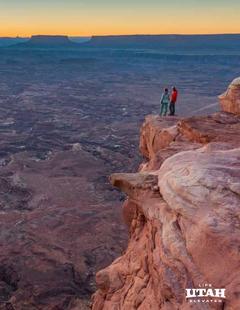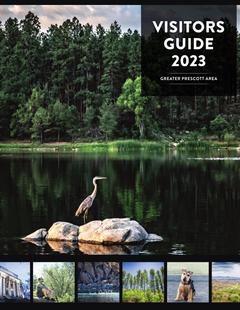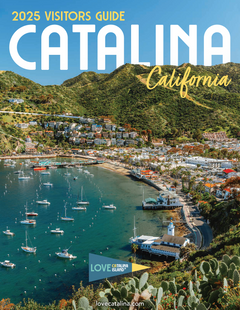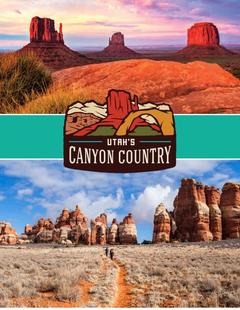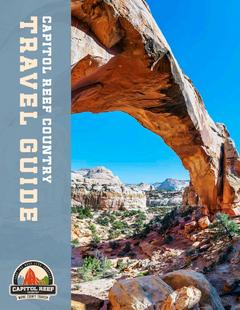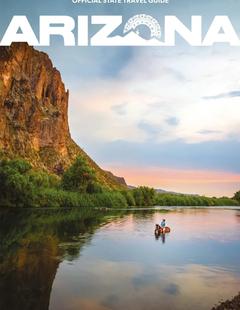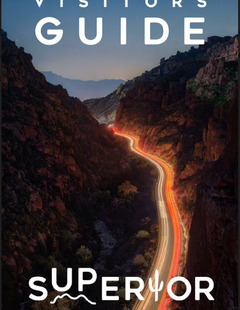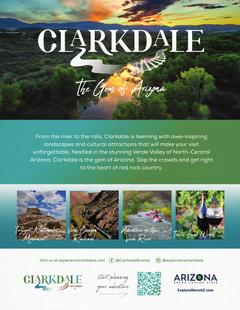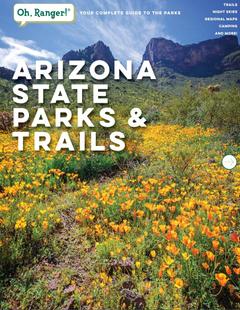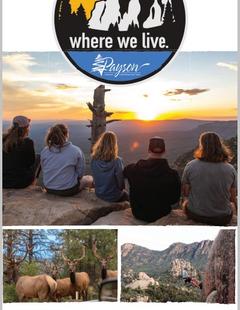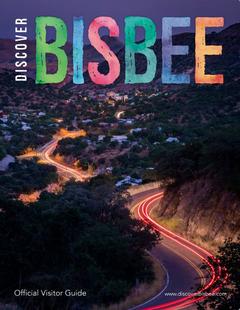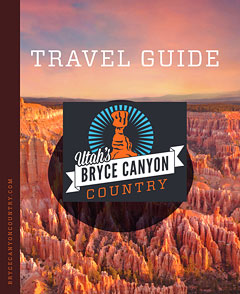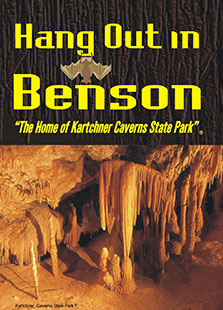Basics
- Location:
- This Byway cuts across the southern tip of Florida in an east-west fashion
- Length:
- 49.5 miles (79 km)
- Time:
- Four hours to visit the Byway.
- Fees:
- There are no fees to travel along the Tamiami Trail.
Description
The Tamiami Trail Scenic Highway cuts through Florida's backcountry where the tropical wetlands are home to exotic wildlife such as the Florida panther. The region is rich in vegetation. Flora ranges from tufts of orchids in the wild to hardwood hammocks and an overload of variety along the way.
Deep in the Everglades, the forgotten remnants of a Miccosukee Indian Village can be seen. Along with the mystique, it offers a rare glimpse into an ancient culture that was once separated from the world by swampy waters and is now separated by eternity.
There's abundant opportunity for outdoor exploration and adventure. The Big Cypress National Preserve offers naturalists endless views of the wild. Landscape and nature photographers find this region especially intriguing.
Sportsmen enjoy all the biking, hiking and canoeing opportunities that are afforded here as well. And, a side trip to the nearby Everglades National Park adds to the intrigue with sightings of big, toothy reptiles and intricate mangrove mazes.
The Tamiami Trail Scenic Highway cuts across the southern tip of Florida in an east-west direction from Miami to Naples along Route 41.
Tourism Resources
Helpful Links
Tourism Resources
Points of Interest
Points of Interest Along The Way
Big Cypress National Preserve (FL)
The Big Cypress National Preserve was set aside in 1974 to ensure the preservation of the Big Cypress Watershed. The Big Cypress Watershed is an important resource for the Everglades area. The Name "Big Cypress" refers to the size of preserve (729,000 acres) and the vast expanses of huge Cypress trees, which grow to over 130 feet tall, that span the landscape.
The visitor center offers a fifteen minute movie about the preserve, a wildlife exhibit and book sales. Two roadside picnic areas are located along byway, inside the preserve. There are various trails and roads available to the visitor. During the winter, rangers lead wet-walks, canoe trips, bicycle tours and campfire programs that teach about the preserve.
Collier-Seminole State Park (FL)
Collier-Seminole State Park, spanning 6,423 acres, features vegetation and wildlife typical of the Everglades region of Florida. An extraordinary feature of the Park is the tropical hardwood hammock and unique palms and palm islands. The hammocks appear to be impenetrable with walls of tangled shrubs, saw palmettos and vines.
Yet, once inside, hammocks offer a dense canopy, allowing little light and minimal growth on the forest floor. The Park also features the Bay City Dredge, a nationally registered historic structure. The Dredge was used during the construction of the Trail, propelling itself along the north side of the future roadway and then blasting rock to form the foundation for the Trail.
Directions
Located on U.S. 41 17 miles out of Naples, Florida.
Everglades City and Choloskee (FL)
Enjoy a slice of small town life and hospitality in these two cities located on the gulf coast. Learn about Florida's rich history in the local museums. Dine on fresh seafood at local restaurants. Spend your time fishing, bird watching boating or camping. There's plenty to do and see in Everglades City and Choloskee.
Directions
Located about 17 miles along the byway, 3 miles down state road 29.
Everglades National Park (FL)
Established in 1947, the Everglades National Park recognizes the Everglades as a unique ecosystem and its valuable importance to a larger system. The Everglades ecosystem is completely dependent upon water flow, serving as one of the largest and most productive estuaries in the world. The Everglades support more than 350 species of birds and over 1,000 species of plants. The gulf coast portion of the park (nearest to the Byway) is known for its Red Mangroves which provide a habitat for sea turtles and manatee, both endangered species.
Fakahatchee Strand State Preserve (FL)
The Fakahatchee Strand State Preserve is the major drainage slough of the southwestern Big Cypress Swamp in this area. The Fakahatchee Strand is approximately 20 miles long, but only three to five miles wide. It contains the largest stand of native royal palms and also boasts the largest concentration and variety of orchids in North America.
Ochopee Post Office (FL)
The original Ochopee Post Office, opened in 1932, was located in a general store until it burned down in 1953. The present structure, measuring 7'3" x 8'4", had been the tool shed behind the store. After the fire, the shed was pulled closer to the road to be used as a makeshift post office. The Ochopee Post Office remains a local landmark on the Tamiami Trail and has gained national notoriety as the smallest post office in the United States.
Directions
Ochopee is located 22 miles along the byway route, east from Collier-Seminole State Park.
Picayune Strand State Forest (FL)
The Picayune Strand State Forest was created in May 1995 with approximately 18,000 acres. Once planned for development, a network of roadways and canals bisect the land that naturally sits under water during the summer rainy season. The goal for the forest is to acquire a total of 50,200 acres and convert much of the old subdivision back to its natural state. The forest provides many recreational opportunities for cycling, horseback riding, and hunting. Although views of the Picayune Strand State Forest are abundant along the Trail, the entrance is approximately 3 miles off the Trail via SR 29.
Directions
Located five miles east of Collier-Seminole State Park.
Ten Thousand Islands National Wildlife Refuge (FL)
Established in 1996, the Ten Thousand Islands National Wildlife Refuge seeks to preserve one of the last remaining undisturbed portions of mangrove swamp and marshland habitat. This fresh and saltwater marshland and water area is an important habitat for wading birds, such as the American Woodstork, and manatee which are federally identified as a endangered species.
Directions
The entrance to the refuge is approximately 3 miles off the Trail via SR 29.














